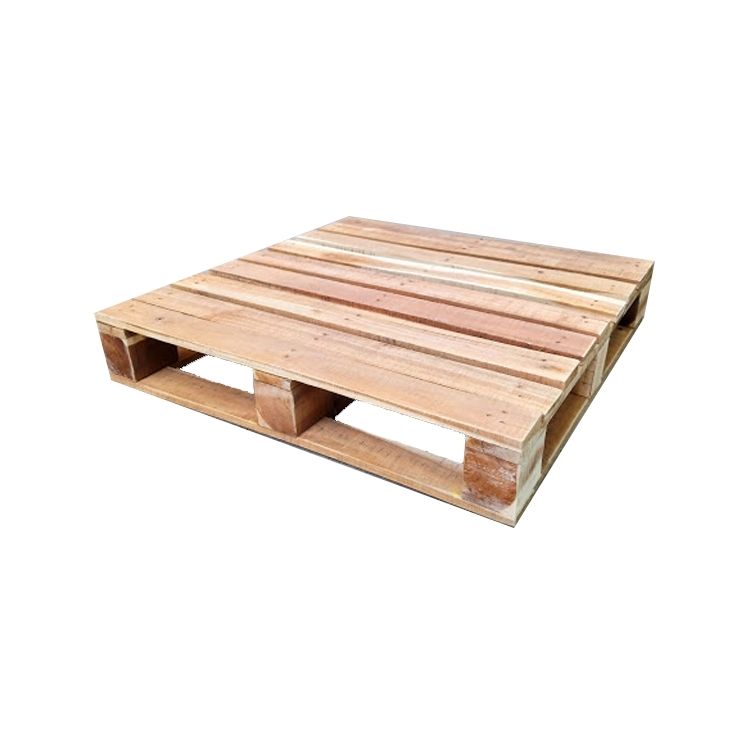Strapping material can be used to tie products together and secure items to pallets for shipping. These strapping materials on the market come in a variety of options such as composite toughening, PET straps, and PP plastic straps. So what type of strapping is ideal for your application and how does it work?
PP strapping materials

Polypropylene (PP) strapping materials are one of the most common types of belting and the tensile strength, width, and core size are right for your application. PP straps are almost always embossed, providing additional structural strength for better friction. Embossing also greatly reduces dust generated during strapping. Polypropylene strapping can be applied manually with a buckle or hand tool to specialized strapping machines. PP straps can stretch about 25% when packing, but can still elastic about 10% immediately after. As the package settles, the straps retain tension and hold the package firmly. Most PP strapping materials are generally less expensive than PET and Composite strapping. PP straps can be sensitive to UV light and sometimes negatively affected by high temperatures.
Polypropylene strapping is exceptionally versatile and can be used for a variety of applications including:
- Print material
- Machining workshop
- Flooring
- Household appliances
- Clothes
- Food
- Medicine
PET strapping materials

PET strapping is made from PolyEthylene Terephthalate plastic which is usually smooth in texture, they are all created from recycled materials. You will notice that most PET straps are green. PET plastic straps have high heat resistance. When increasing the temperature to 200 degrees Celsius or cooling at -90 degrees Celsius, the chemical structure of PET remains the same. High mechanical strength, resistance to tear and impact force, and high abrasion resistance.
PET Strapping material retains tension for a long time. This is essential for cross-country trips from one destination to another. There is also a PET strap that can be easily tied by hand with a buckle.
PET straps are best used for heavy loads and help absorb shocks during transport. It is also a better alternative when you need high initial tension, PET strapping is used to tie goods such as:
- Metal
- Gewgaw
- Pallets
- Building materials
- Heavy goods
Composite strapping

Composite straps are gradually becoming a leading choice in belting and cargo fastening applications. This is the ultimate alternative to steel straps, as they have the same high strength as steel straps. In addition, they are also outstanding in terms of durability, safety, and resistance to bad weather conditions. Composite straps are manufactured from polyester and coated with PP, which is extremely strong and safe, recyclable, and environmentally friendly.
Composite straps are the most efficient of the three strapping material options mentioned above. Particularly, composite belts are granted the TUV Rheinland certificate, a certificate of technical safety, which is trusted around the world. Composite straps are best used in applications such as:
- Heavy goods and equipment
- Metal
- Building materials
- Wood
- Products for long-distance transportation
Above is detailed information about the three most popular types of Strapping material on the market today. We hope this information helps you in choosing the right strapping for your cargo binding applications.




















